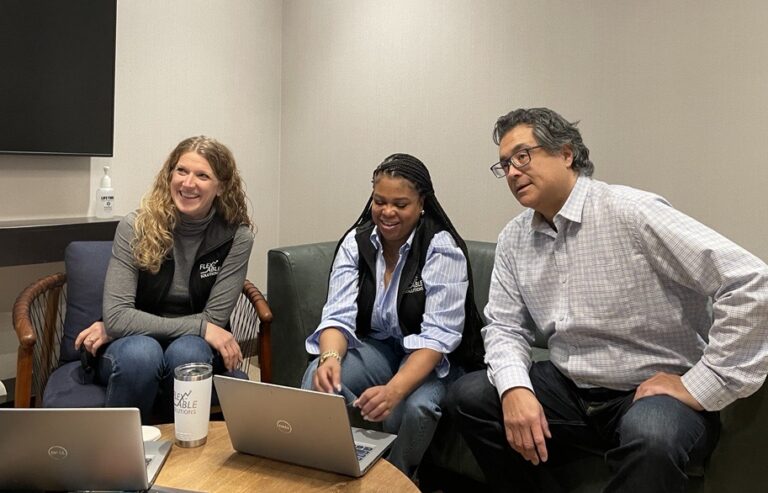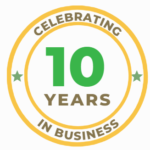Welcome to our comprehensive guide on effective employee relations! This blog is the first installment of our six-part HR Series. This series is designed for companies looking to enhance their HR services and overall company morale.
Let’s dive into the burning questions that companies often ask when it comes to managing the tricky topic of employee relations.
Effective employee relations are crucial for creating a positive work environment and fostering a culture of trust and collaboration. It goes beyond morale and impacts a company’s overall bottom line. Let’s start by going over the basics of successful employee relations:
Ensuring regular, transparent communication through meetings and digital platforms is crucial. Open channels allow for the seamless flow of information, feedback, and ideas between employees and management. This transparency helps in building trust, clarifying expectations, and ensuring that everyone is aligned with the company’s goals and values.
Creating an environment that values feedback and recognizes contributions is essential for employee engagement. Engaged employees are more productive, have higher job satisfaction, and are more likely to contribute to positive business outcomes.
Developing fair and lawful procedures for conflict resolution is critical to maintaining a healthy workplace. Effective conflict resolution practices ensure that disputes are handled constructively and that all parties feel heard and respected. This involves establishing clear guidelines for reporting and resolving conflicts, training managers and HR personnel in mediation skills, and fostering a culture where constructive feedback and open discussions are encouraged.

Offering continuous learning opportunities supports employee growth and job satisfaction. When employees have access to training and development resources, they can improve their skills and advance their careers, which contributes to higher engagement and retention rates.
Supporting flexible working arrangements for a better work-life balance is increasingly important in today’s fast-paced work environment. By acknowledging the diverse needs of employees and offering flexible solutions, companies can reduce stress, increase job satisfaction, and improve overall employee well-being.
Now, let’s dive into executing these key components:
Executing successful conflict resolution can feel daunting, but we’re here to help. Follow these steps:
Learn more about how to successfully navigate workplace conflicts.
Improving engagement requires:
Struggling to improve employee engagement at work? Reach out to Flex for more tips.
Top talent can be tough to find—Here are a few ways to make sure it stays at your company:

Making a conscious effort to include the thoughts and opinions of your employees is a great way to show how much you value them. Integrate feedback through:
Looking for more ways to utilize employee feedback? Contact our team of experts.
The workplace has changed substantially over the last four years. Many companies have taken on a remote or hybrid policy. Effective remote and hybrid management includes:

Crafting a workplace that’s both enjoyable and efficient is no small feat. It’s about blending open communication with a knack for recognizing the unique talents each team member brings to the table. There’s a whole toolbox of strategies out there to ensure your employees aren’t just satisfied but truly engaged and thriving. In search of some expert guidance on HR and employee relations? Flex is just a message away. Let’s chat about how we can make your workplace not just function smoothly, but sparkle with positivity and productivity.
